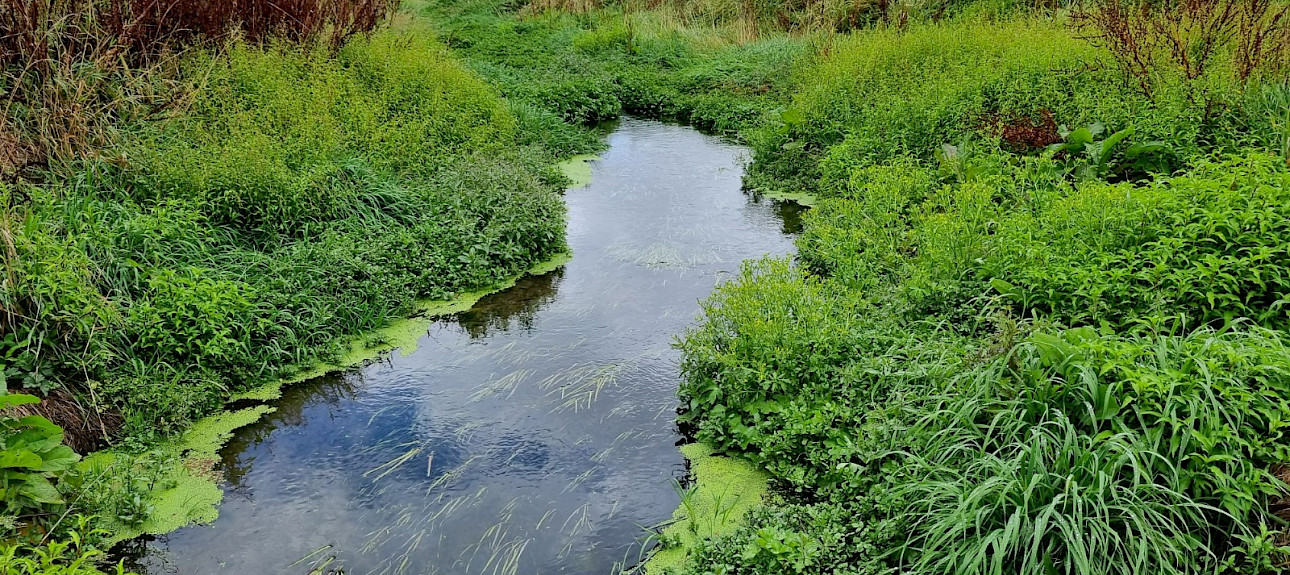Managing cow cress/water celery and bank erosion in the Kahahakuri Stream
Client
Tukituki Land Care (TLC)
Experts
Professor Ian Fuller, Associate Professor Ranvir Singh (Massey University)
Tukituki Land Care (TLC) sought advice on managing cow cress/water celery and bank erosion in the Kahahakuri Stream through a riparian planting approach.
Cow cress/water celery is a growing problem in the catchment, consuming waterways and creating blockages that change water levels. This can result in damage to fences, bridges and culverts during flood events.
TLC sought A2E’s expert guidance on the best ways to manage cow cress and bank erosion, and practical steps to implement these controls. The group also sought advice around the validity of short period cattle grazing in riparian areas.
Through A2E, Professor Ian Fuller and Associate Professor Ranvir Singh (Massey University) provided their expert support.
Our experts assisted TLC by conducting a site visit, a literature review, and analysing the catchment data from the catchment group. Experts presented and discussed their assessment with the catchment group in a workshop. Based on these actions and our expert’s experience, a guidance document was produced with recommendations.
Cattle grazing was discussed as a potential solution to keep growth of cow cress under control. However, this appears to conflict with the stock exclusion policy to protect quality of waterways. It is not suitable in the long term because:
- It is a growth control strategy, as opposed to a spread prevention strategy.
- Grazing risks the spread of cow cress due to seeds and vegetative break away stems.
- Cattle would need to access waterways to graze, which is inconsistent with Hawke’s Bay Regional Council’s (HBRC) rules around stock exclusion from waterways.
It was recommended that TLC clarify controlled cattle grazing rules with HBRC if used as a control strategy. After identifying factors around cattle grazing, our experts made two key recommendations:
- TLC address cow cress through trials at two to three sites, carefully and mechanically removing weed growth, applying a suitable approved herbicide, and covering the site with ecological weed mats and native plants such as sedges carex secta, to suppress cow cress growth along water edges.
- TLC further support assessment of water quality flows and potential of in-field and edge-of-field mitigation practices to help reduce leaching and runoff of dissolved nutrients in critical water flow pathaways.
It was recommended by our experts that TLC address bank erosion by first understanding why erosion was happening by using digital elevation models (DEMs) from repeat LiDAR (light detection and ranging) surveys to analyse gravel movement and channel shape changes over time. They emphasised the importance of working with the river’s natural processes to avoid unintended consequences of any interventions.
The guidance document provides practical next steps to address concerns in the Kahahakuri catchment. TLC, in collaboration with local landowners and farmers, will use the guidance document to make informed decisions about cow cress management and erosion control.

